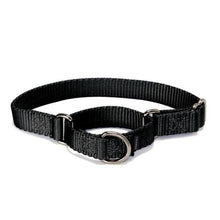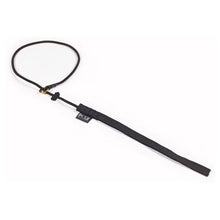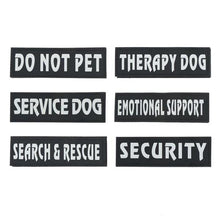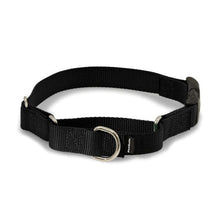German Shepherd Anticipation and Impulse Control
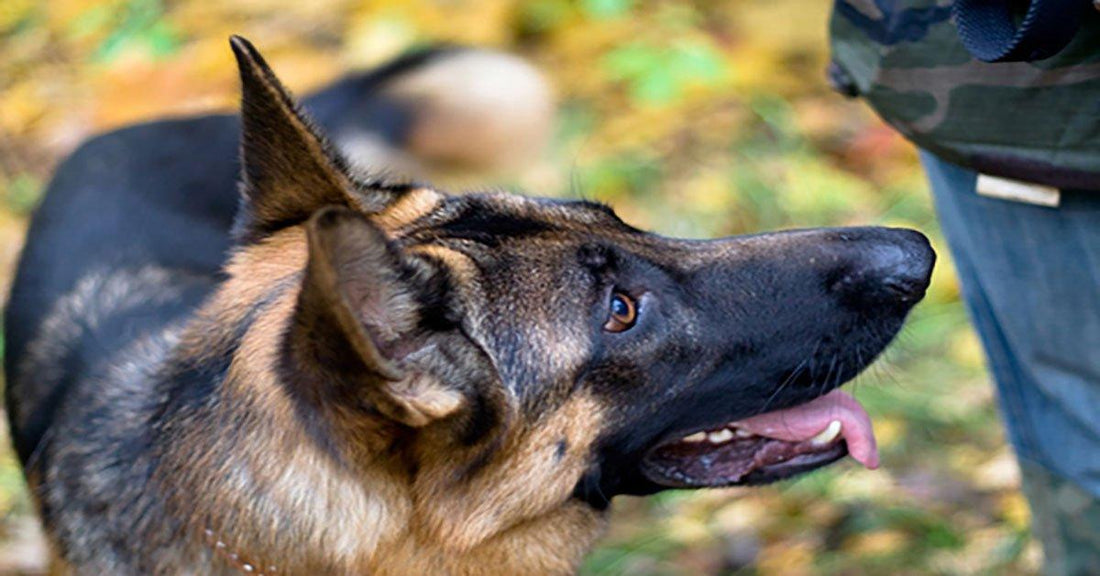
Anticipation is a powerful state of mind in a German Shepherd. They are able to read 1/10 of a millimeter of movement. Its one of the reasons they seem to be able to read our minds.
In reality, they are only thinking of about the next immediate 60 seconds. And they are thinking about it with laser like focus.Humans often have multiple agendas on their minds and are busy thinking about all the things they have to do in the immediate future, which can be the next 10 minutes, the next hour or the next 24 hours.
Dogs have a way of keeping a human in the NOW. If we don’t take the time to train our dog’s self-control and obedience, we run the risk of getting run over, bowled over, bruised and frustrated. The damage to the dog can be life threatening.
Doorways are an excellent example.
A well trained “Sit” takes time and patience from us. Does your dog sit in one spot and wait patiently while you prepare his food bowl? Can you set it in front of him without him diving into it until you give him the command to eat? Good! Then you know it takes repetition to get there, especially if they try to move, pop up from their sitting position or inch closer to the bowel before you give him the release command.
Now think about the door to go outside to play. Or the door when company comes over. Or the open car door or open cargo area of your SUV. The control you introduced to them at feeding time, needs to be reinforced during these potentially dangerous times as well. Many dogs (and humans) are seriously injured during this time of high anticipation. A short leash and many repetitions of obedient sitting, at least 2-3 feet from these open doorways without breaking the sit, needs practice-without allowing the anticipation of a car ride or guests walking into the house full of new and exciting smells, overwhelm them like a child on Christmas morning.
Once their sit is down pat, start Proofing your dog with more real life situations. Open the door and step in and out yourself without allowing the dog to break his sit inside. When he can do that, have him sit while you go outside and talk to yourself out loud, saying everything but the release command. Practice on rainy days in the house with bedroom or bathroom doors. Make it a game with treats, praise and/or play as his reward. Schedule a neighbor to come by and knock on the door at, say, 3 pm. Practice his Sit as you open the door and allow the neighbor to come in and say a few words with you before giving the release command to your dog.
While this is a safety issue and a very important behavior to ingrain in your dog, be fair. Don’t try to make him stay for more than he is capable of doing in that situation. If your dog can sit for 2-3 minute while you prepare his food, but is still ultra excited at doorways, a good expectation for the new task is 15 seconds. That can be a huge amount of time for an excited dog. Praise him well when he can accomplish it. When he can do it repeatedly with your confidence, extend by 10 second increments. Every time you add a new challenge or “Proof” component, expect to shorten the initial time you ask him to be under control. Every introduction to a new distraction at a door is added pressure to his impulse control. Be fair, but be firm.
This exercise can –and should- be taught to every dog in your home. Though the stakes are higher. If one makes a break for it the others will likely follow. Take your time. Train well. Be patient with yourself too. Be safe and have fun!






